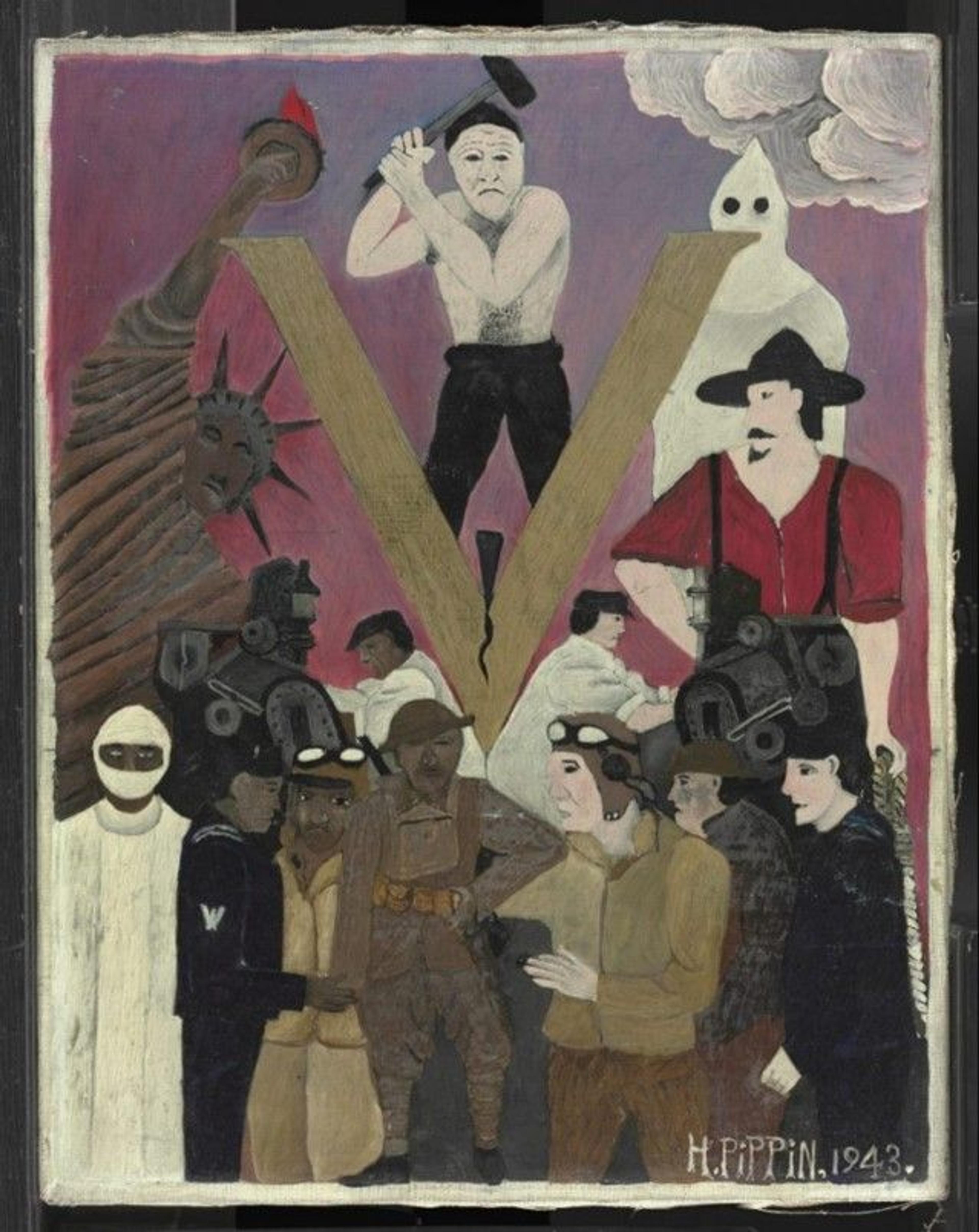
Trout Gallery Partner Story
Through educational programs and community outreach, The Trout Gallery promotes civic engagement around themes of race, inclusion, and representation.

Through educational programs and community outreach, The Trout Gallery promotes civic engagement around themes of race, inclusion, and representation.
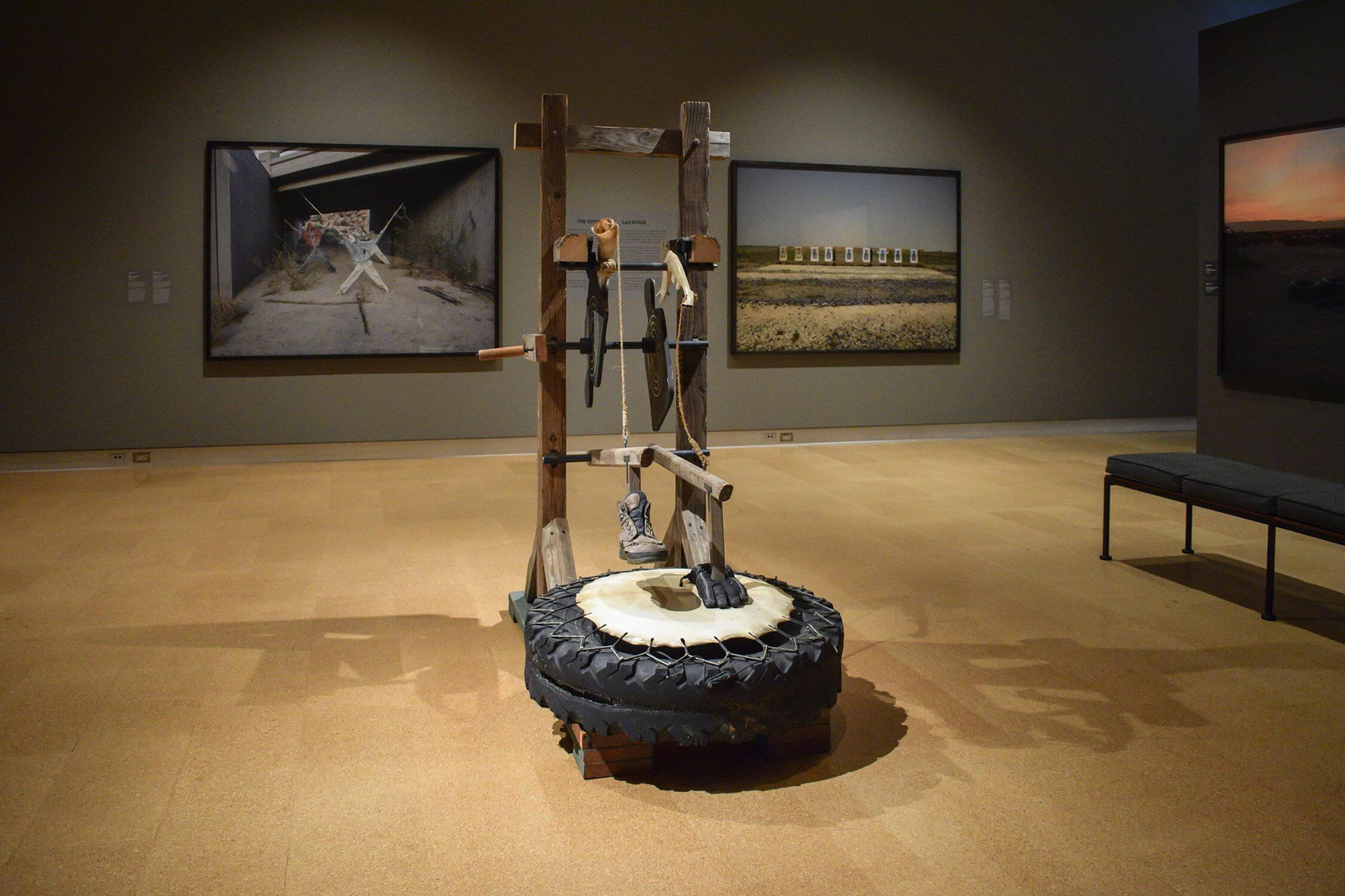
Using evaluation to inform exhibition marketing and programming, and measure impact at The Westmoreland Museum of American Art

Harnessing the transformative power of the visual arts to encourage midterm election participation
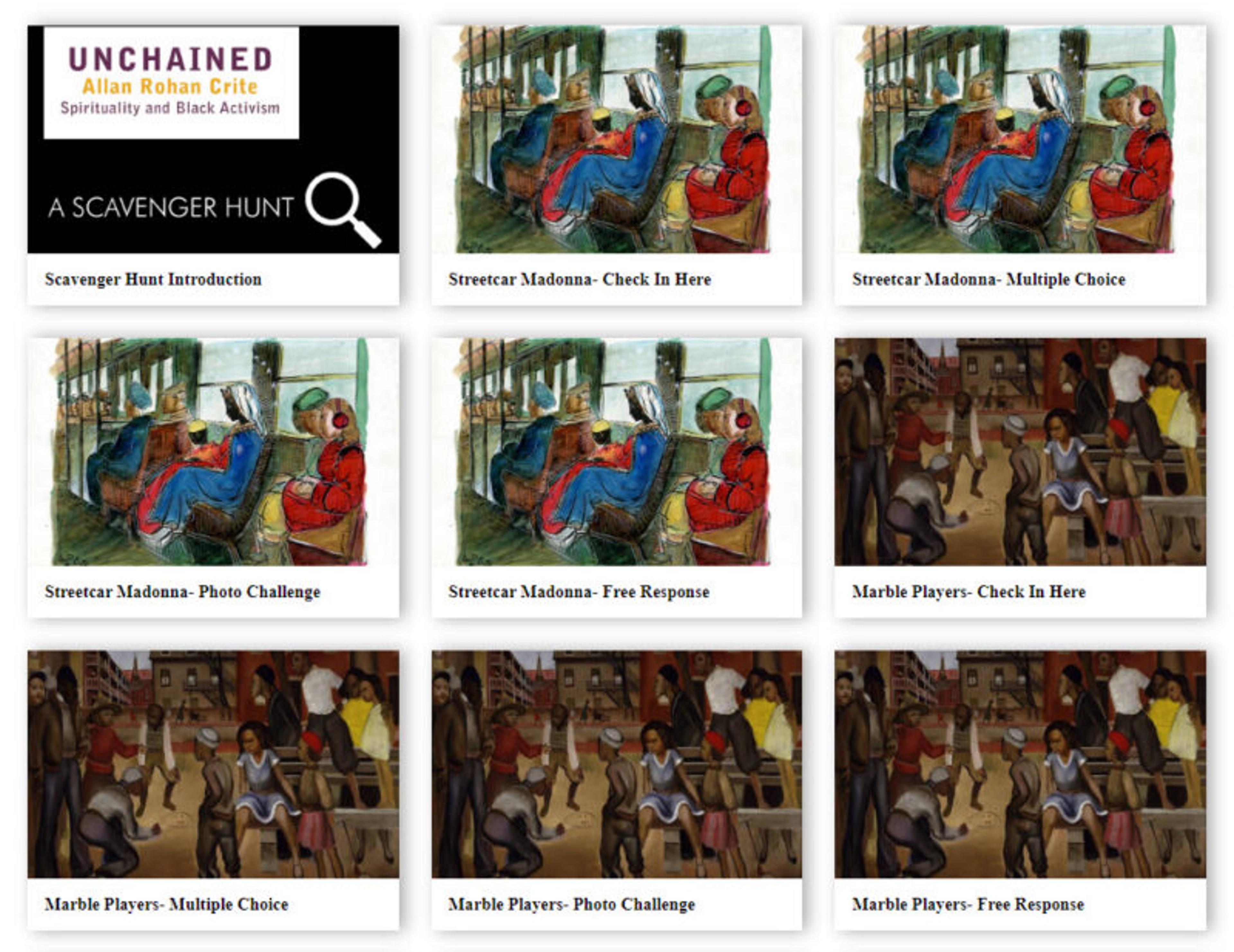
Munson-Williams-Proctor Arts Institute strengthens its ties with local communities.
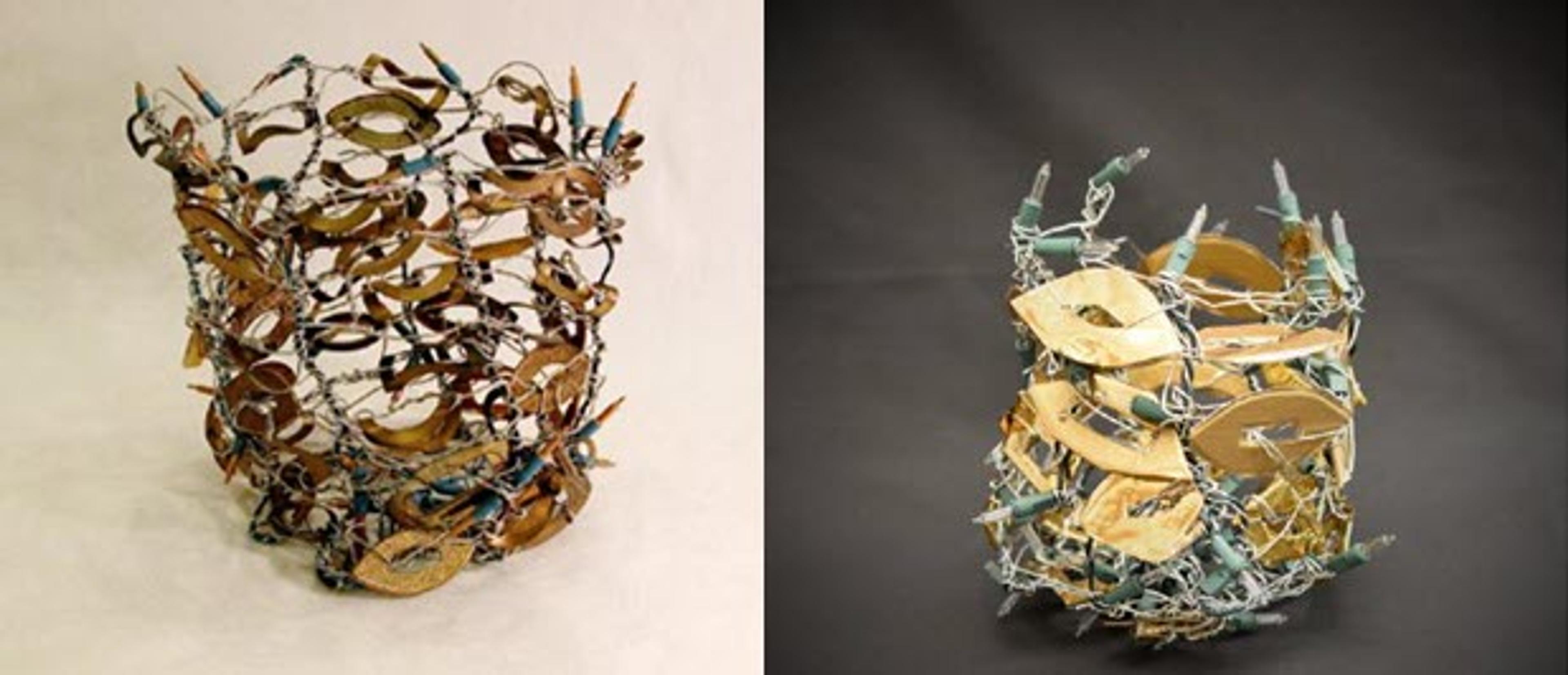
Using inclusive design for their presentation of Many Wests: Artists Shape an American Idea, the Boise Art Museum reduced barriers to participation by expanding accessibility.
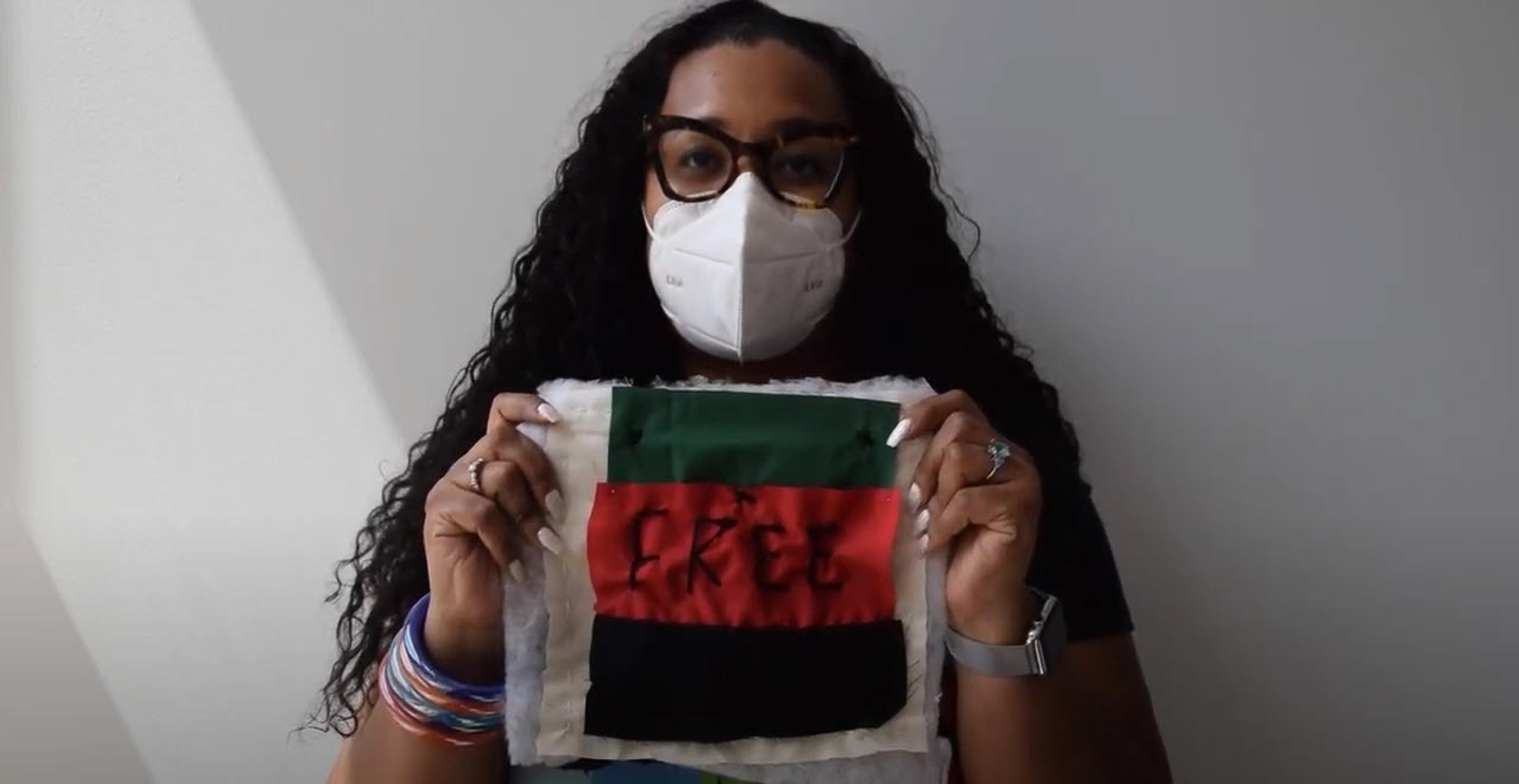
Embracing the power of storytelling and collaboration, the Allentown Art Museum launched a community quilting project to build connections and celebrate difference.
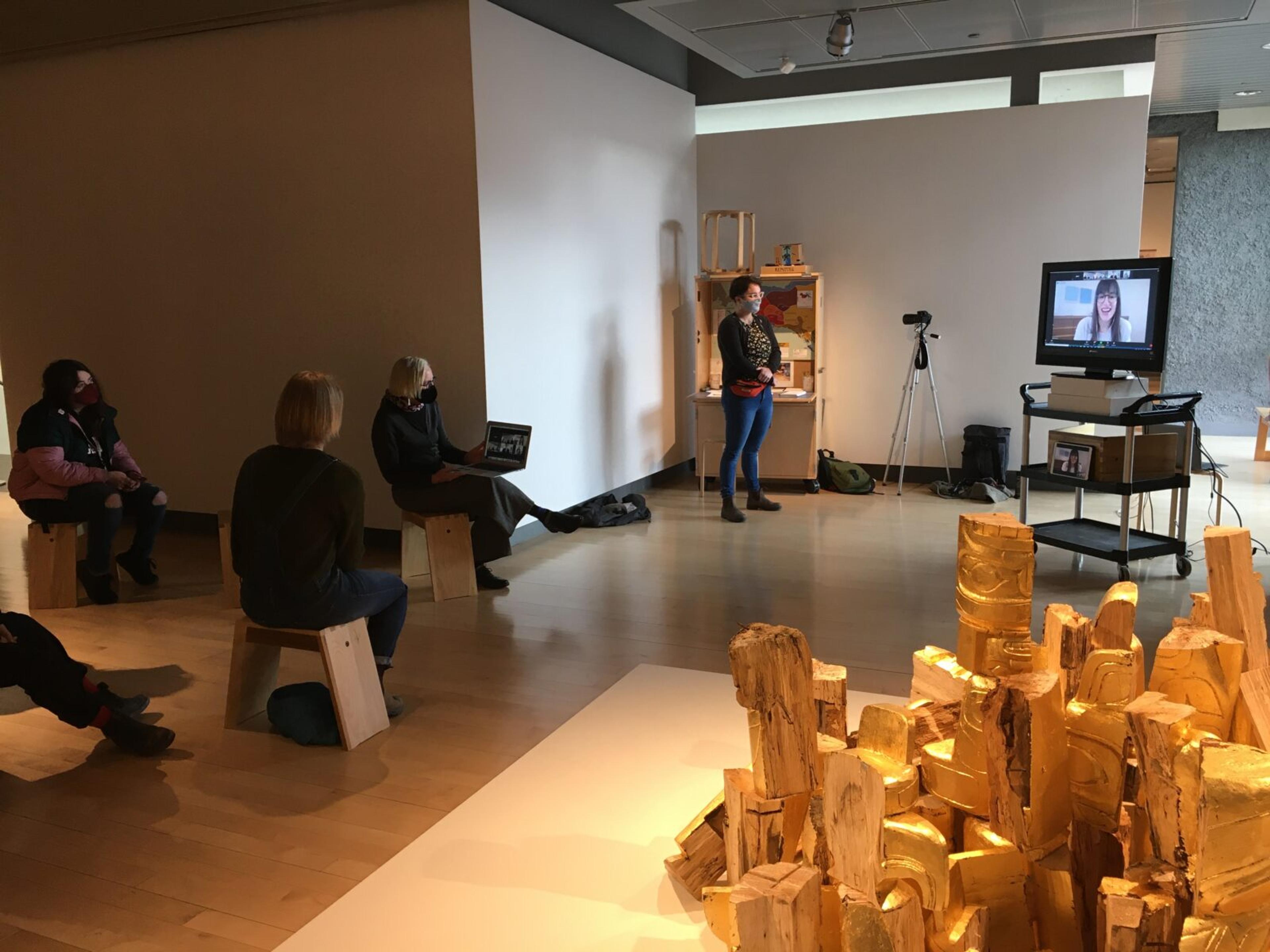
Tlingit and Unangax̂ artist Nicholas Galanin’s "I Think it Goes Like This (Gold)" inspires the Missoula Art Museum to elevate local Indigenous voices thorough their inaugural Art Host program.

In a careful re-consideration of its city-wide art impact, SAMA increased access to art in Black and Latine communities.
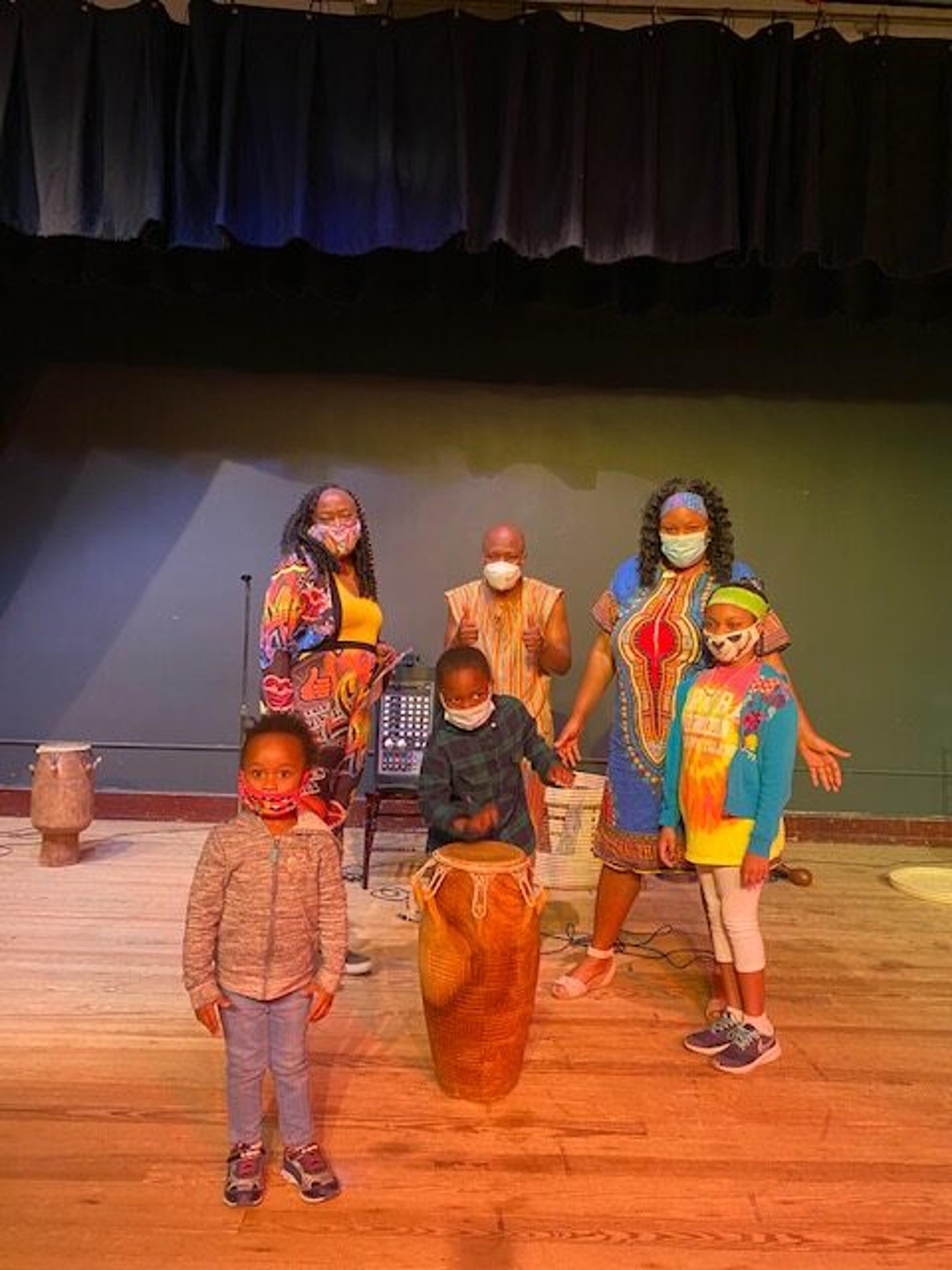
Inspired by one hundred years of African American and Black art making, the Mattatuck Museum expands art access to Waterbury’s African American and Black communities.
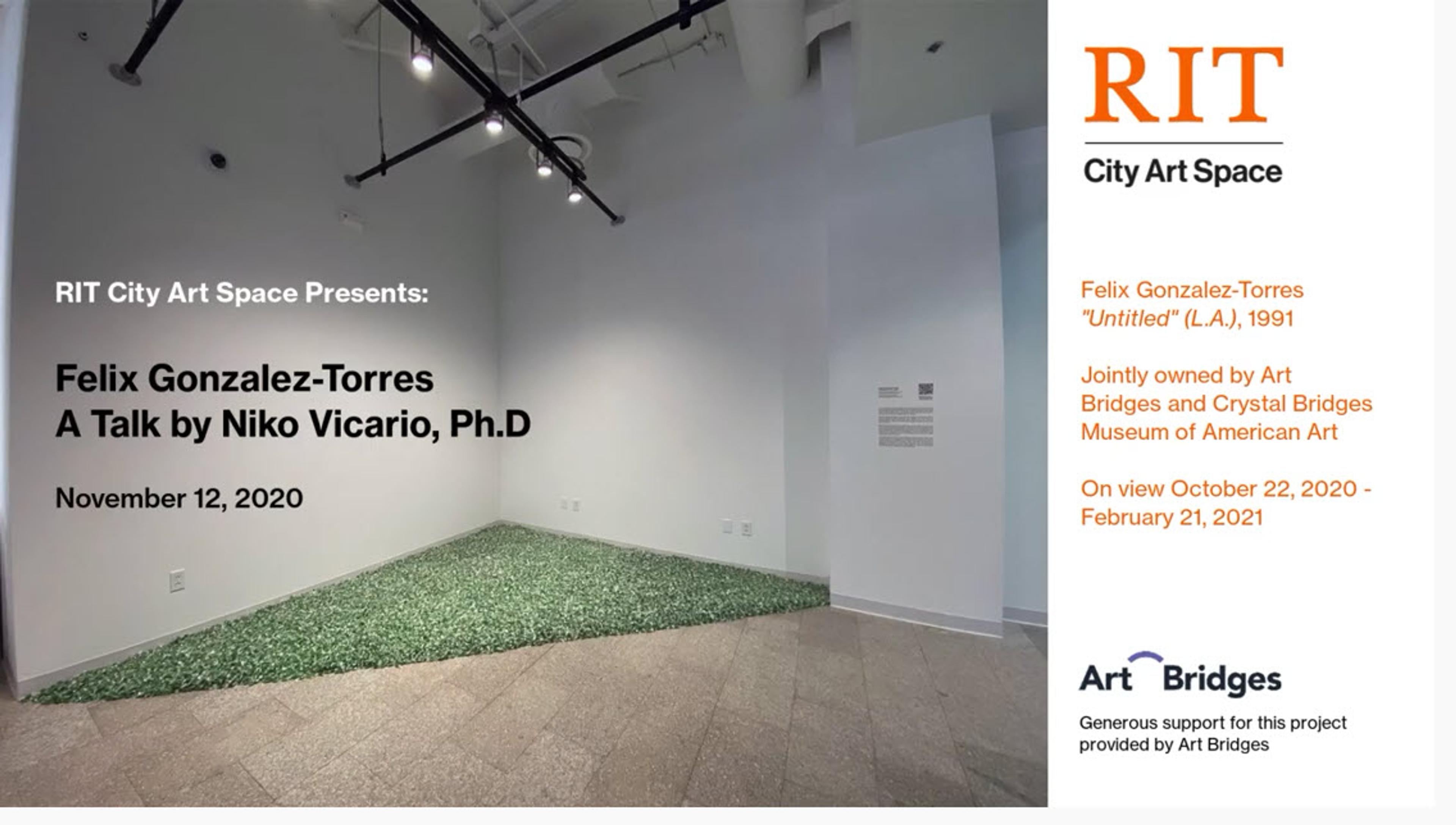
Felix Gonzalez-Torres’s “Untitled” (LA) inspires the RIT City Art Space to host conversations centering voices from women, queer, and BIPOC communities to challenge normative art historical narratives.